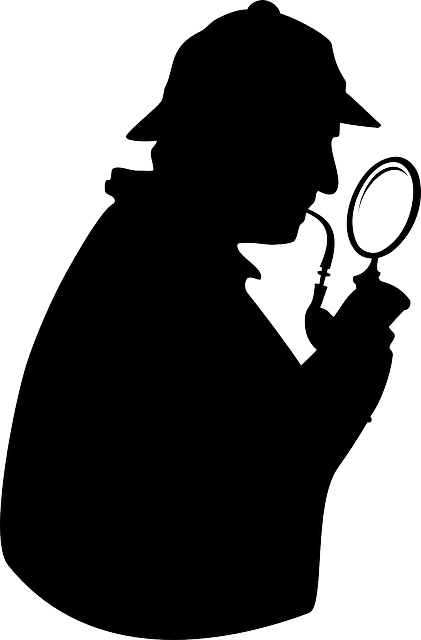
Ever wanted to hone your skills as a scientific sleuth? Now’s your chance.
Thanks to the American Society for Biochemistry and Molecular Biology (ASBMB), which is committed to educating authors on best practices in publishing, figure preparation, and reproducibility, we’re presenting the fourteenth in a series, Forensics Friday.
Take a look at the image below, and then take our poll. (We recommend using the Chrome browser.) After that, click on the link below to find out the right answer.

Think you chose the right answer? Click here to find out.
And check out the last Forensics Friday.
Like Retraction Watch? You can make a tax-deductible contribution to support our work, follow us on Twitter, like us on Facebook, add us to your RSS reader, sign up for an email every time there’s a new post (look for the “follow” button at the lower right part of your screen), or subscribe to our daily digest. If you find a retraction that’s not in our database, you can let us know here. For comments or feedback, email us at [email protected].
For those of us who do not do blots, etc. could you provide just a little more info in your answers? I don’t know what the appearance of three apparently identical hairs means.
Three identical hairs within one image, in three different lanes, is never going to happen in the real world.
If one hair shows in a Western image, and the blot was re-probed for, say, phosphorylation, and re-photographed or re-scanned, a hair on the camera lens or scanner cover plate might show up in a similar position on the two different images of the same blot.
But the same hair, three times in one image, two side by side and one lower down, is a very strong indicator of photoshop wizardry. There are some other dots and spots below the hairs that also show extremely similar patterning.
I don’t know if these examples are from submitted papers or cobbled up just to illustrate a point. If the former, then perhaps some blob in the rightmost two bands was covered over with bits of images from the other lane smears below the blob band.
I remember seeing this on Twitter a while ago: https://twitter.com/jbiolchem/status/1154838747508293633?s=21
Partial copy-paste is a widespread flavor of image manipulation, due to the appeal of getting the “right” bands in the right places.
In forensic analysis generally, background areas are valuable because the random “noise” should be truly random. Repeating patterns in background data are a strong indication for a closer look, as are identical distortions in the shape of data bands.
I’m reminded of the amazing forensic tipoff that resulted when Brian Skinner, a physicist, noted unexpected repeating patterns of “noise” in the low-level background portion of what was purportedly evidence of high temperature superconductivity. https://mobile.twitter.com/gravity_levity/status/1027717419400392705?lang=en
Just echoing everybody else’s comments… the likelihood of seeing three identical hairs like this is pretty much impossible. As Stuart Ray mentioned, when looking at images forensically, we’re looking at the noise. Any sort of repeating pattern is cause for a closer inspection.
Can this be tagged as Forensics Friday? It is missing the tag.
Done, thanks!